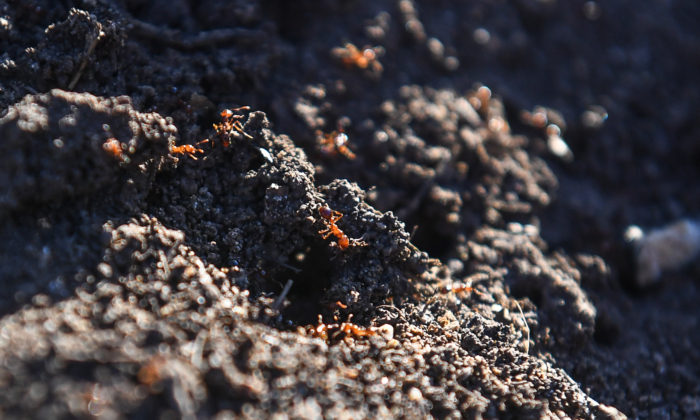Queensland shares a similar fire ant infestation level to Texas, a significant issue that costs the U.S. billions annually. Dr. Robert Puckett, an expert on invasive ant species from Texas A&M University, has been monitoring Australia’s efforts to eliminate fire ants since their discovery in Brisbane 23 years ago.
During his recent tour of infested areas in southeast Queensland, Dr. Puckett noted a concerning increase in fire ant populations within the suppression zone. He expressed worries about the potential spread of these super-pests beyond the eradication boundaries, posing a threat to other regions in Australia.
Local volunteer Stuart Webber, who dedicates his time to locating and treating fire ant nests in the Logan area, emphasized the urgency of the situation. He highlighted the high-density infestations along the Logan and Albert rivers, where fire ants can form floating rafts to invade new territories.
Despite the substantial funding allocated to combat fire ants in Australia, the ongoing battle remains a costly endeavor. Fire ants pose a threat to agriculture, wildlife, public health, and infrastructure, making their eradication crucial to prevent significant economic losses.
The Invasive Species Council has raised concerns about the escalating densities in the suppression area and the need for more effective suppression measures. Reece Pianta, the council’s fire ant specialist, emphasized the importance of incorporating suppression efforts into the national eradication program to ensure long-term success.
Authorities are intensifying their efforts in fire ant management, with free treatment kits being offered to residents in specific regions for controlling fire ant populations. The goal is to reduce fire ant numbers through regular treatments to mitigate their harmful impact on the environment and economy.
Please rewrite this sentence.
Source link





